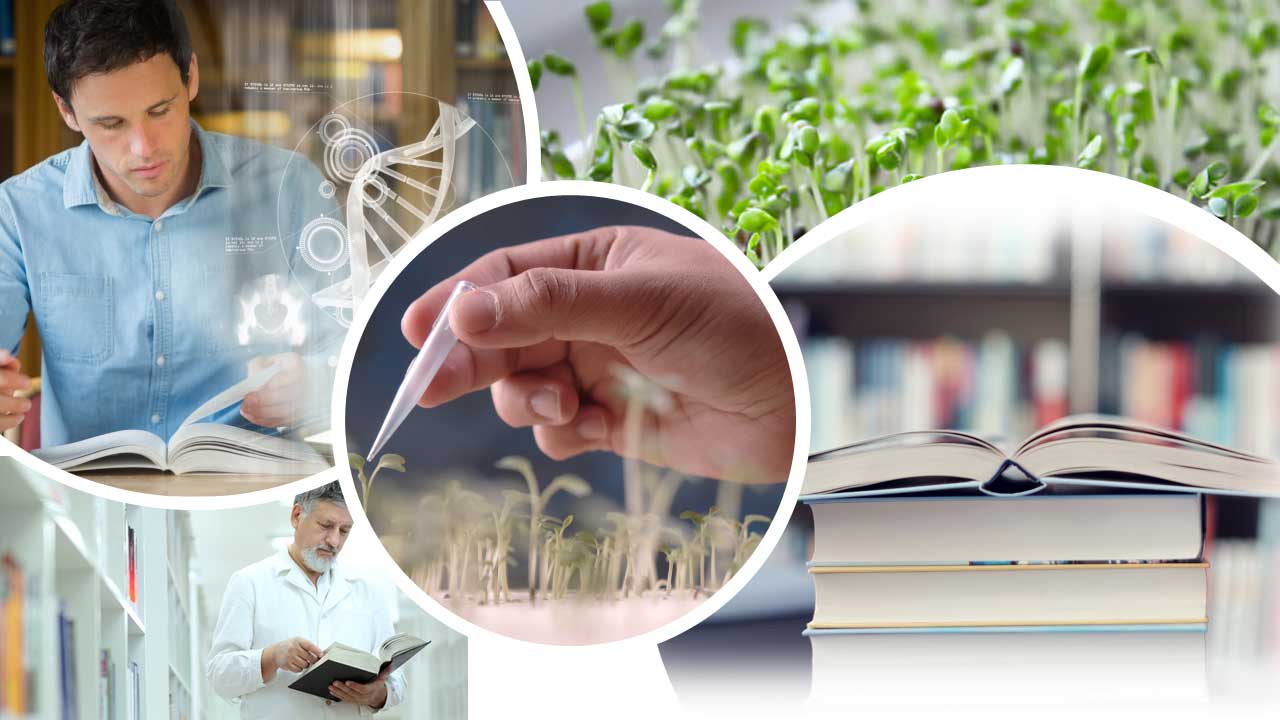Abstract: Induction of phase 2 detoxication enzymes [e.g., glutathione transferases, epoxide hydrolase, NAD(P)H:quinone reductase, and glucuronosyltransferases] is a powerful strategy for achieving protection against carcinogenesis, mutagenesis, and other forms of toxicity of electrophiles and reactive forms of oxygen. Since consumption of large quantities of fruit and vegetables is associated with a striking reduction in the risk of developing a variety of malignancies, it is of interest that a number of edible plants contain substantial quantities of compounds that regulate mammalian enzymes of xenobiotic metabolism. Thus, edible plants belonging to the family Cruciferae and genus Brassica (e.g., broccoli and cauliflower) contain substantial quantities of isothiocyanates (mostly in the form of their glucosinolate precursors) some of which (e.g., sulforaphane or 4-methylsulfinylbutyl isothiocyanate) are very potent inducers of phase 2 enzymes. Unexpectedly, 3-day-old sprouts of cultivars of certain crucifers including broccoli and cauliflower contain 10 –100 times higher levels of glucoraphanin (the glucosinolate of sulforaphane) than do the corresponding mature plants. Glucosinolates and isothiocyanates can be efficiently extracted from plants, without hydrolysis of glucosinolates by myrosinase, by homogenization in a mixture of equal volumes of dimethyl sulfoxide, dimethylformamide, and acetonitrile at 250°C. Extracts of 3-day-old broccoli sprouts (containing either glucoraphanin or sulforaphane as the principal enzyme inducer) were highly effective in reducing the incidence, multiplicity, and rate of development of mammary tumors in dimethylbenz(a)anthracene-treated rats. Notably, sprouts of many broccoli cultivars contain negligible quantities of indole glucosinolates, which predominate in the mature vegetable and may give rise to degradation products (e.g., indole-3-carbinol) that can enhance tumorigenesis. Hence, small quantities of crucifer sprouts may protect against the risk of cancer as effectively as much larger quantities of mature vegetables of the same variety.










